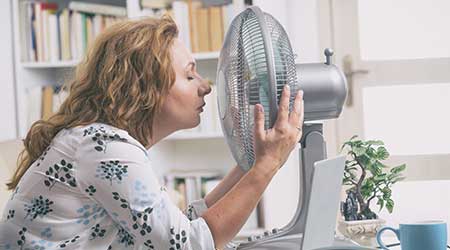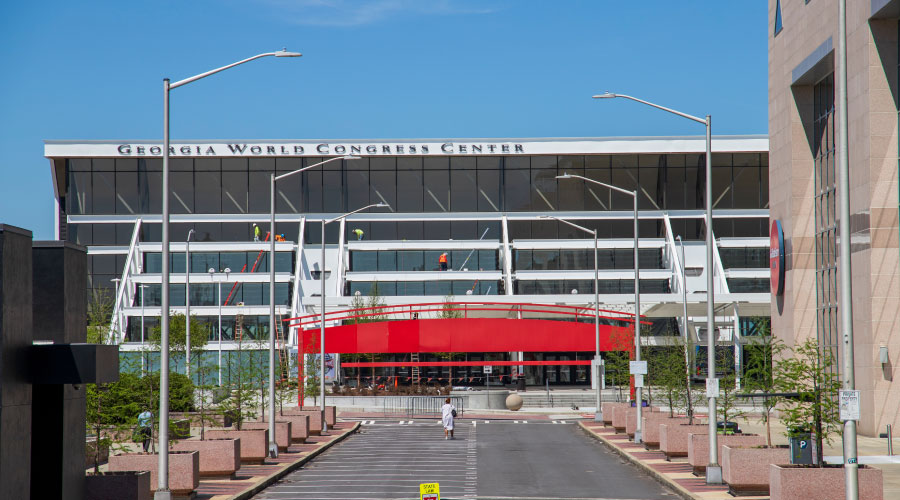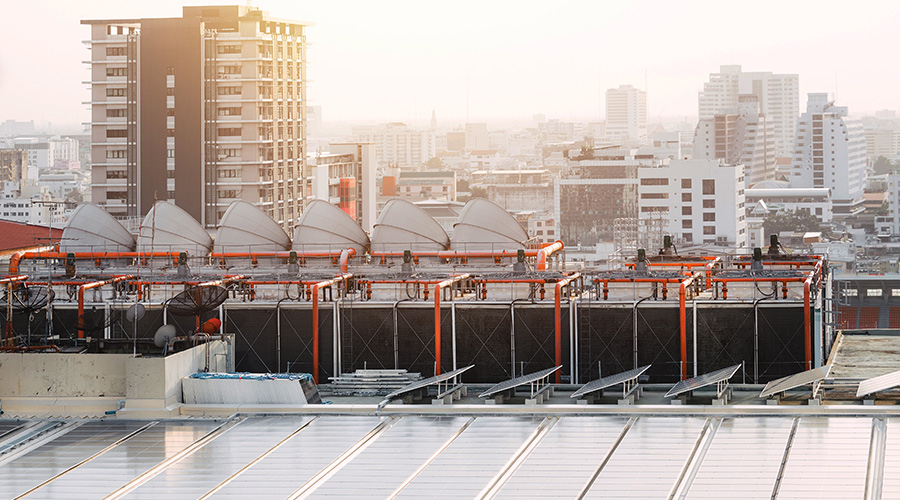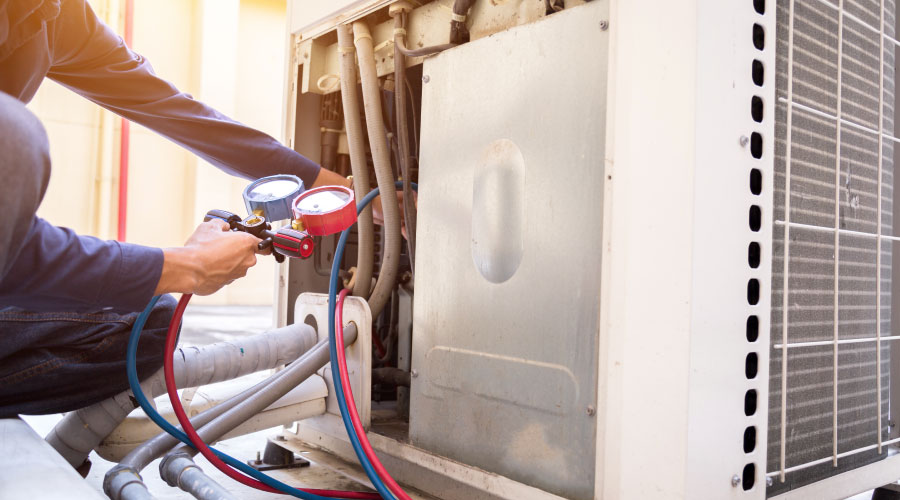Office Thermal Comfort: Simple Fixes and Beyond
Some thermal comfort issues can be addressed with simple fixes, while others require more time and investment. Here's what you need to know.
A statistic from the U.S. Environmental Protection Agency’s 1989 Report to Congress on Indoor Air Quality is making the rounds again. Americans spend 90 percent of their time indoors. Think about your average day, a majority of which may be spent at the office, and not a lot seems to have changed since this report was issued. However, we do see a movement toward wellness, trying to ensure that occupants are healthier and happier in their built environments. With employee attraction and retention of key interest to companies, an issue at the forefront for facility managers is providing a comfortable working environment. The number one complaint reported in offices is being too hot or too cold, but occupant thermal comfort can be difficult to tackle. Every building and every employee occupying that building is unique. But there are common thermal comfort issues found in many buildings. Some can be addressed with simple fixes; others require more time and investment.
Small fixes may solve problems or simply help cross possible issues off the list. Here are some places to begin.
Clean House
This step seems simple, but simple is the best place to start. To function at its best, equipment should be kept clean. Key points to review include the following:
• Add reheat coil and cooling coil cleaning to an in-house maintenance program
• Ensure that filters are replaced regularly. An air filter that’s overloaded with particulates increases resistance and reduces airflow. This may hinder the system’s ability to provide conditioned air to tenant spaces.
• Ensure that air terminal box flow sensors are free of dust and debris for accurate readings. The following section on inspection has more below another check on this equipment.
Inspect It
With cleaning tasks complete, continue with a visual review of the following items to hone in on thermal comfort problems:
• Check air terminal box and fan-powered box flow sensors. Depending on the type of air sensor, the flow cross is not bent and should be replaced.
• Check the wiring from the air terminal box to the thermostat. Make sure they are connected to each other.
• Ensure that fire, smoke, and combination fire-smoke dampers are not closed and are not blocking air flow through the duct system.
• Review ductwork insulation to see if any is missing or needs repair.
• Review duct access doors to ensure that they are in place and have been installed with no gaps.
• Check for leaks in air handling unit casing and ductwork. If the AHU is losing air to the ceiling space, it will not provide the proper air need to cool or heat.
• If exterior doors are difficult to push open because the outside air wants to rush inside, this is an indication that the building is negatively pressurized. With negative pressure, the building is likely to pull outside air in from cracks, leading to increased humidity in warm weather and chilly drafts during cold. A little positive pressure creates a barrier from the exterior, allowing for more control over interior conditions.
Related Topics:














